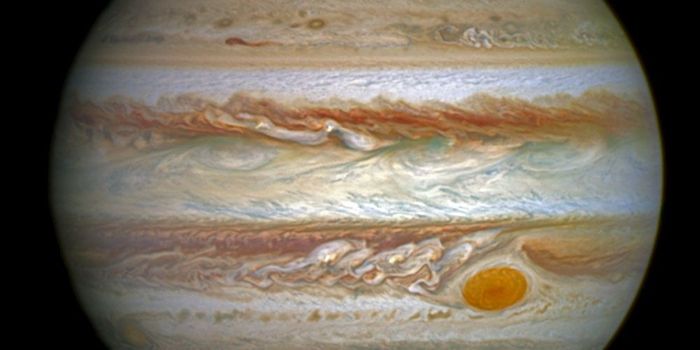Astronomers Find Rocky Planet Created Just After the Big Bang
Researchers have discovered a ten billion-year-old planetary system. While two of its planets are gaseous, as would be expected given its temporal proximity to the Big Bang, one is unexpectedly rocky.
The planets were initially discovered by NASA's Transiting Exoplanet Survey Satellite (TESS). The star they orbit is known as TOI 561 and is one of the oldest known stars in the Milky Way.
"The rocky planet orbiting TOI-561 is one of the oldest rocky planets yet discovered. Its existence shows that the Universe has been forming rocky planets almost since its inception 14 billion years ago," says Dr. Lauren Weiss, lead author of the study.
The rocky planet, known as TOI-561b, was discovered by TESS as it passed by its star, creating a dip in starlight. From this dip, astronomers could deduce its size, which they determined to have around 1.5 times the radius of Earth.
Further data from the Keck Observatory's High-Resolution Echelle Spectrometer (HIRES) then allowed astronomers to examine the wobble in the star caused by the planet's gravitational pull. This enabled them to calculate its mass, which was determined to be around three times that of Earth. At the same time, however, they calculated the planet's density to be around 5 grams per cubic centimeter- similar to that of Earth.
Under normal circumstances, one would expect the planet's density to be higher. However, the astronomers say that its age may explain the discrepancy.
Following the Big Bang, the Universe was made up of light elements like hydrogen and helium. Over time, they came together to form heavier metals in the heart of stars, which first began to form around 200 million years after the Big Bang.
Metals heavier than iron can only form within stars and are released into the Universe at the end of their lives from supernovae or massive dead star collisions, where they may then be taken to form new objects. As such, the very earliest stars and planets in the Universe are composed of comparably fewer heavy metals than younger ones.
Further study of TOI-561b found that it sits extremely close to its star, orbiting it once every 10.5 hours. This keeps its temperature at around 2000 degrees Kelvin and means that its surface is likely magma- far too hot and inhospitable to host life.
"Though this particular planet is unlikely to be inhabited today," says Stephan Kane, one of the authors of the study. "It may be a harbinger of a many rocky worlds yet to be discovered around our galaxy's oldest stars."
Sources: Universe Today, arXiv, Science Alert, University of California









